Full text
PDF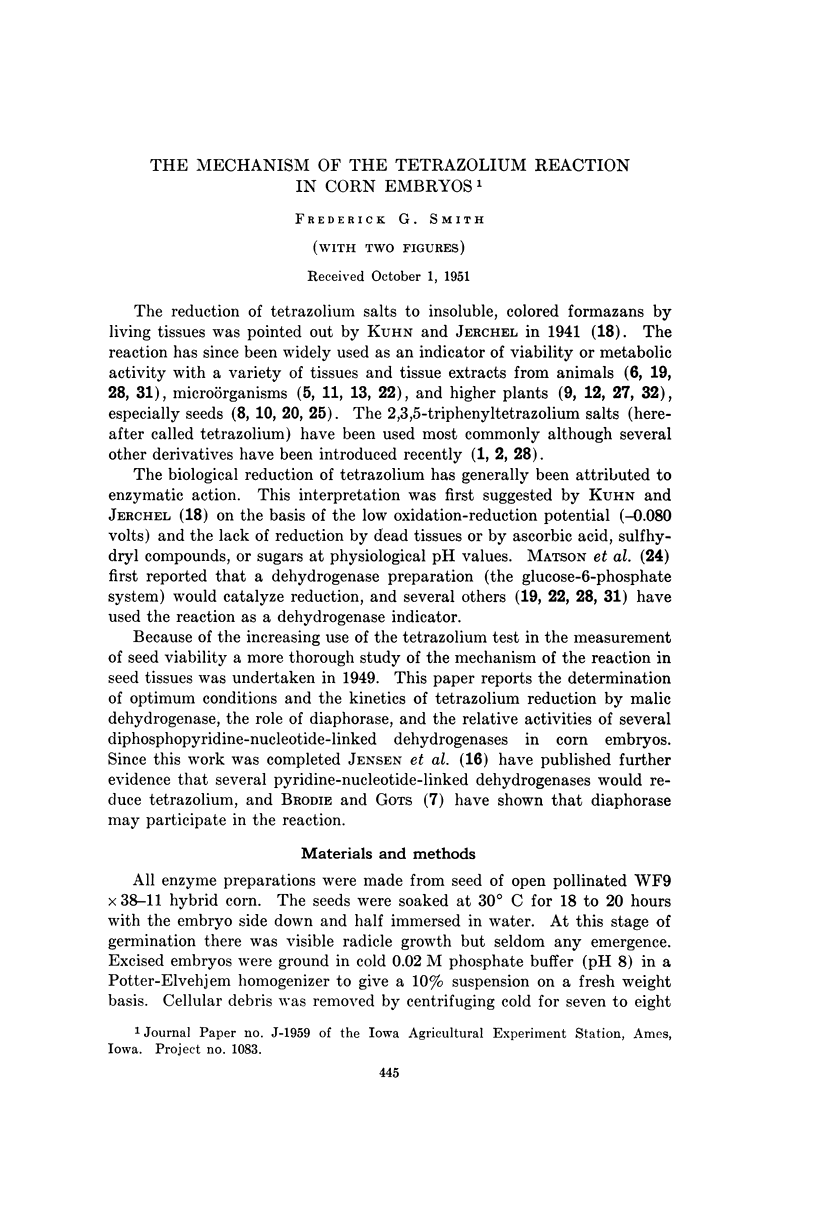
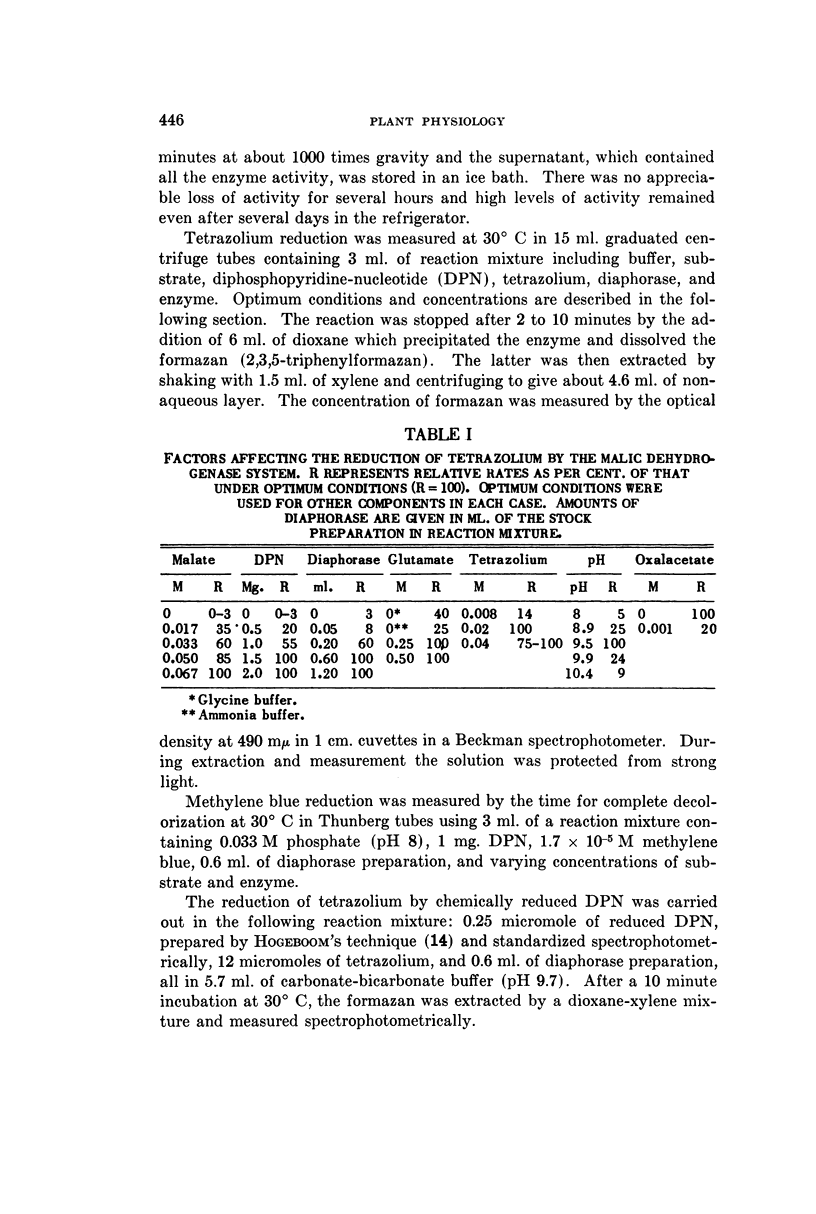
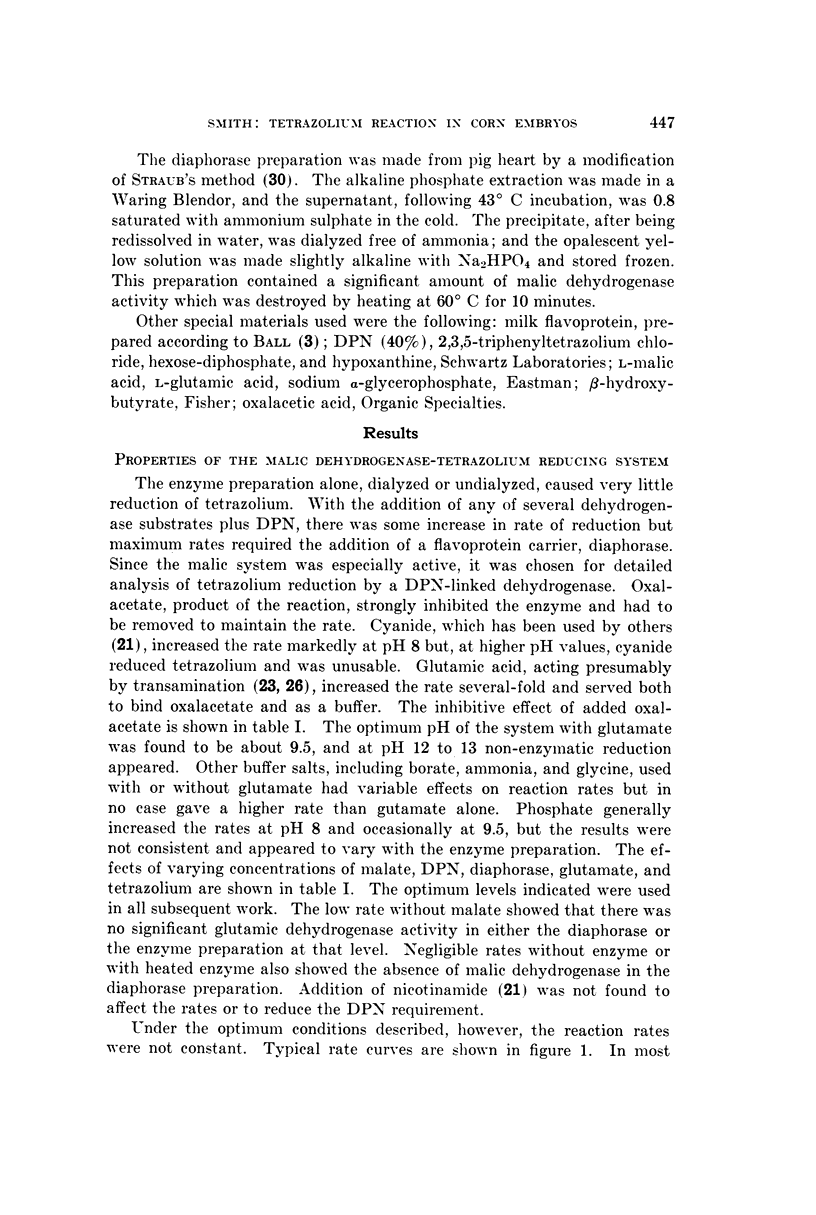
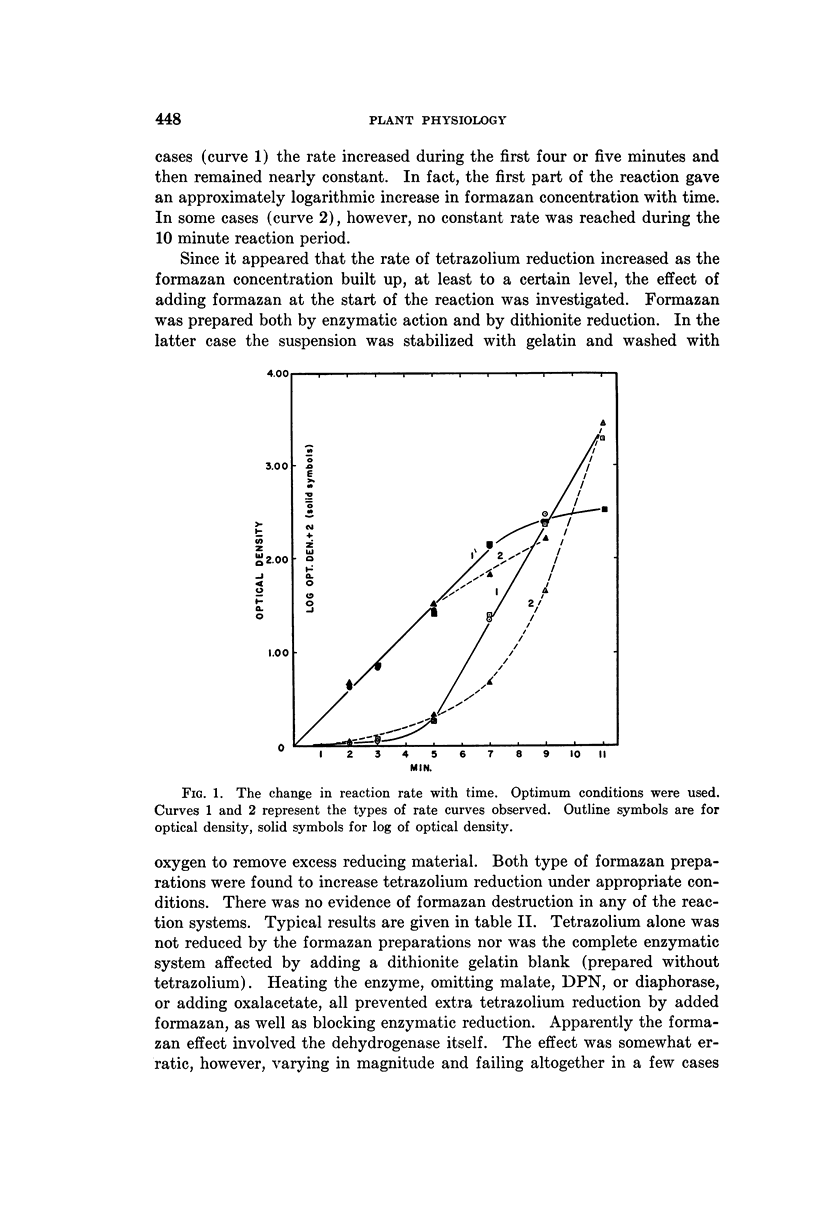
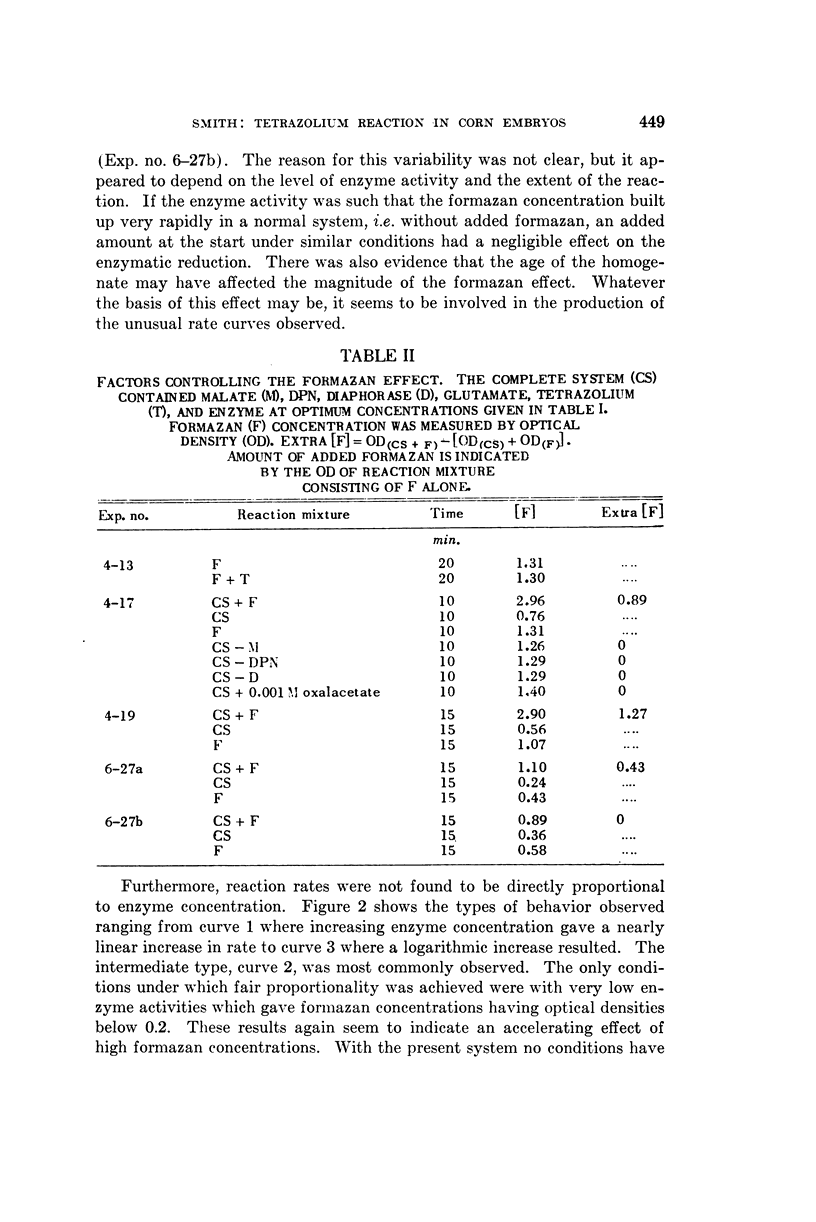
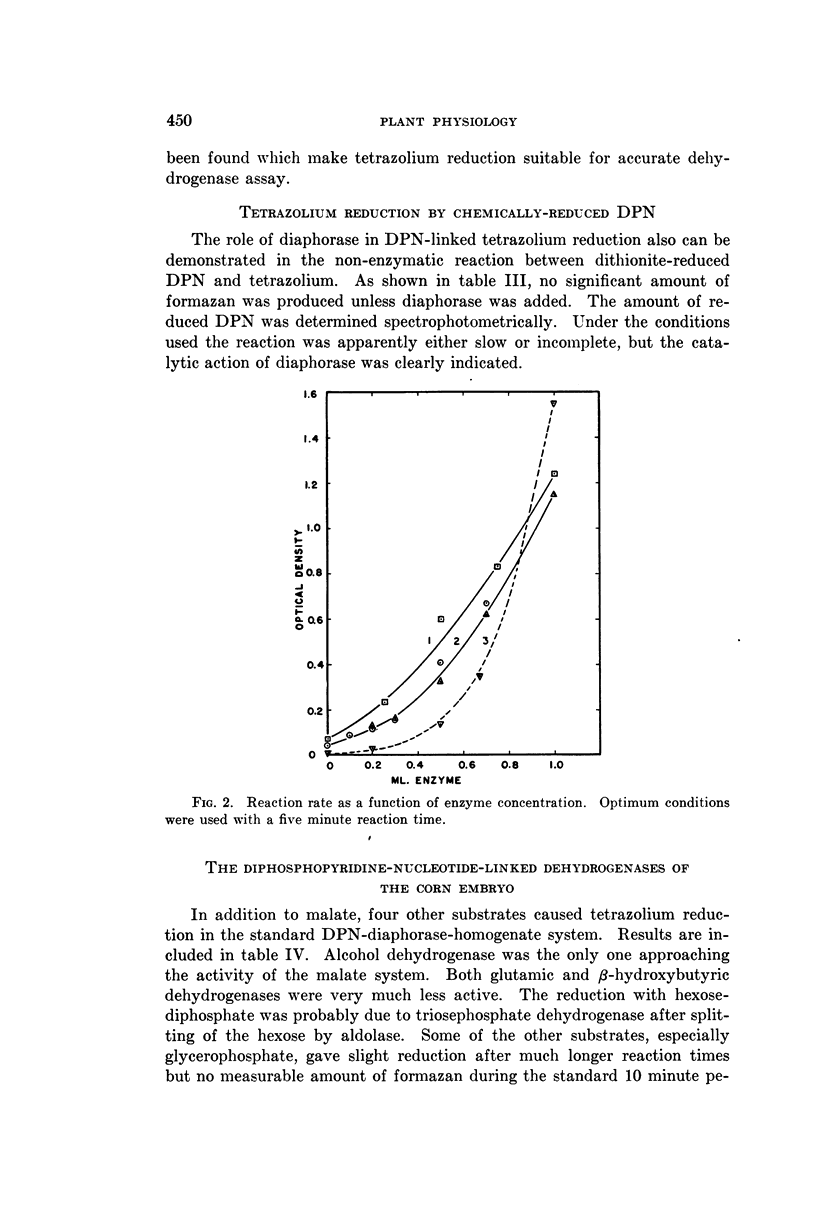
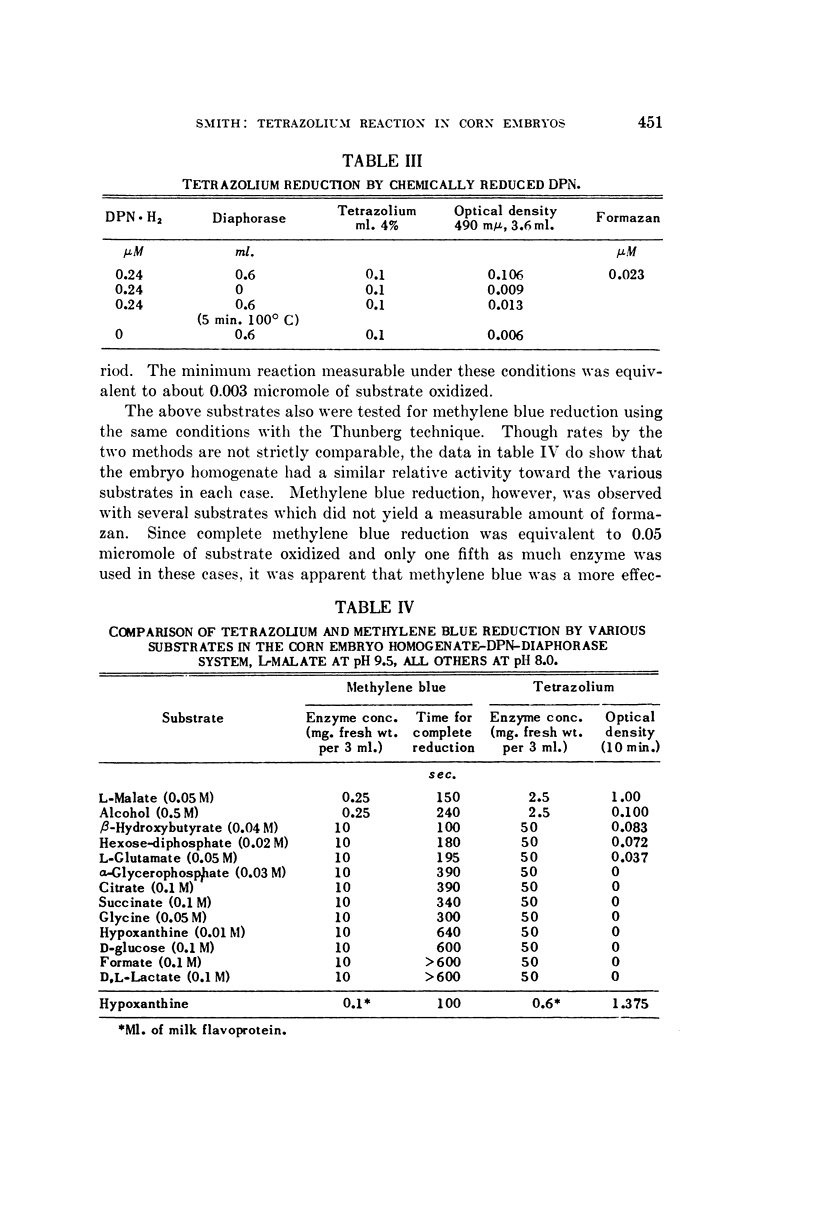

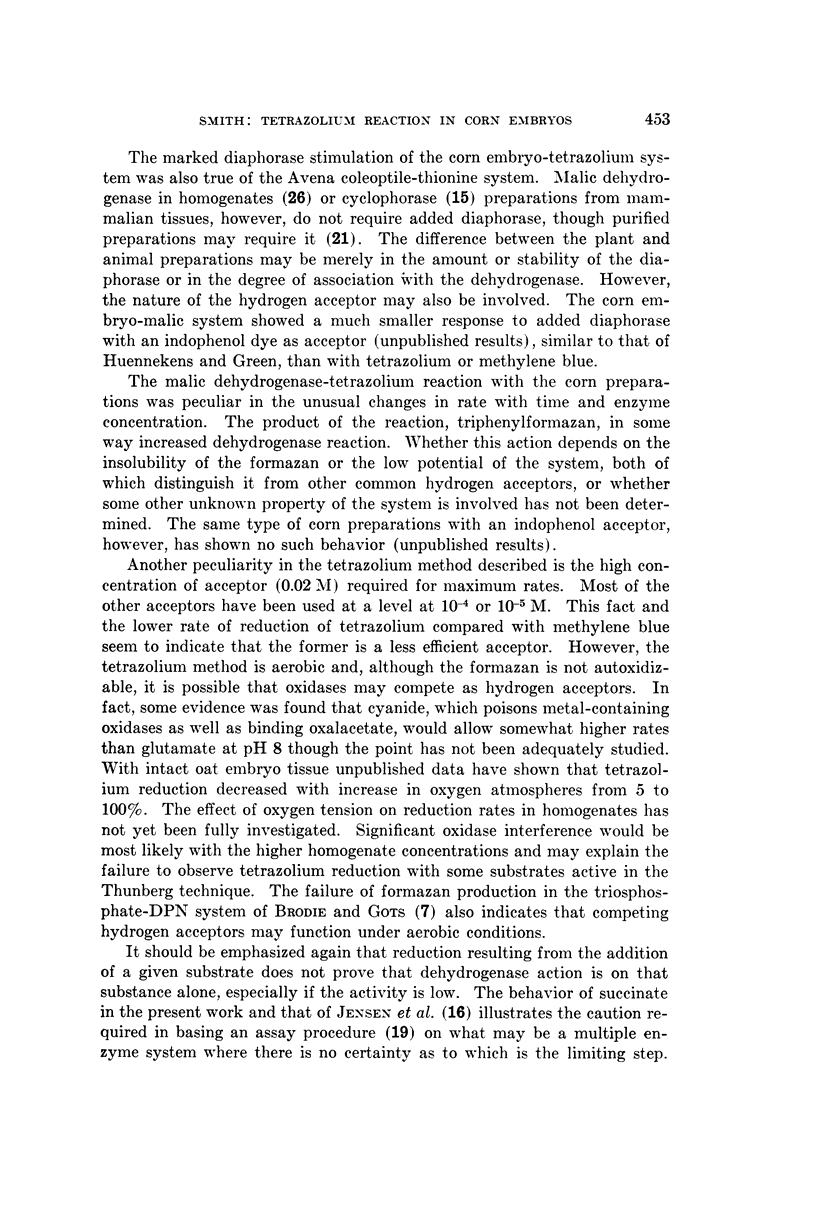
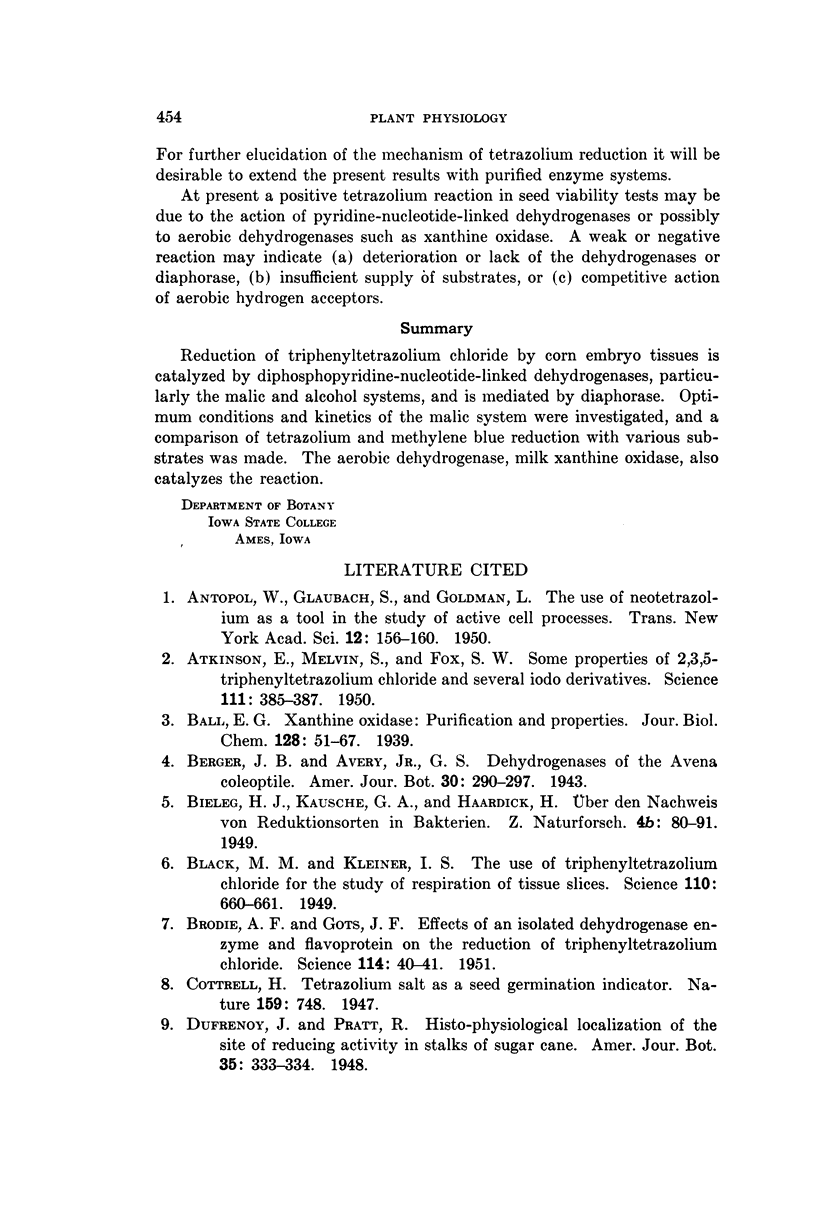
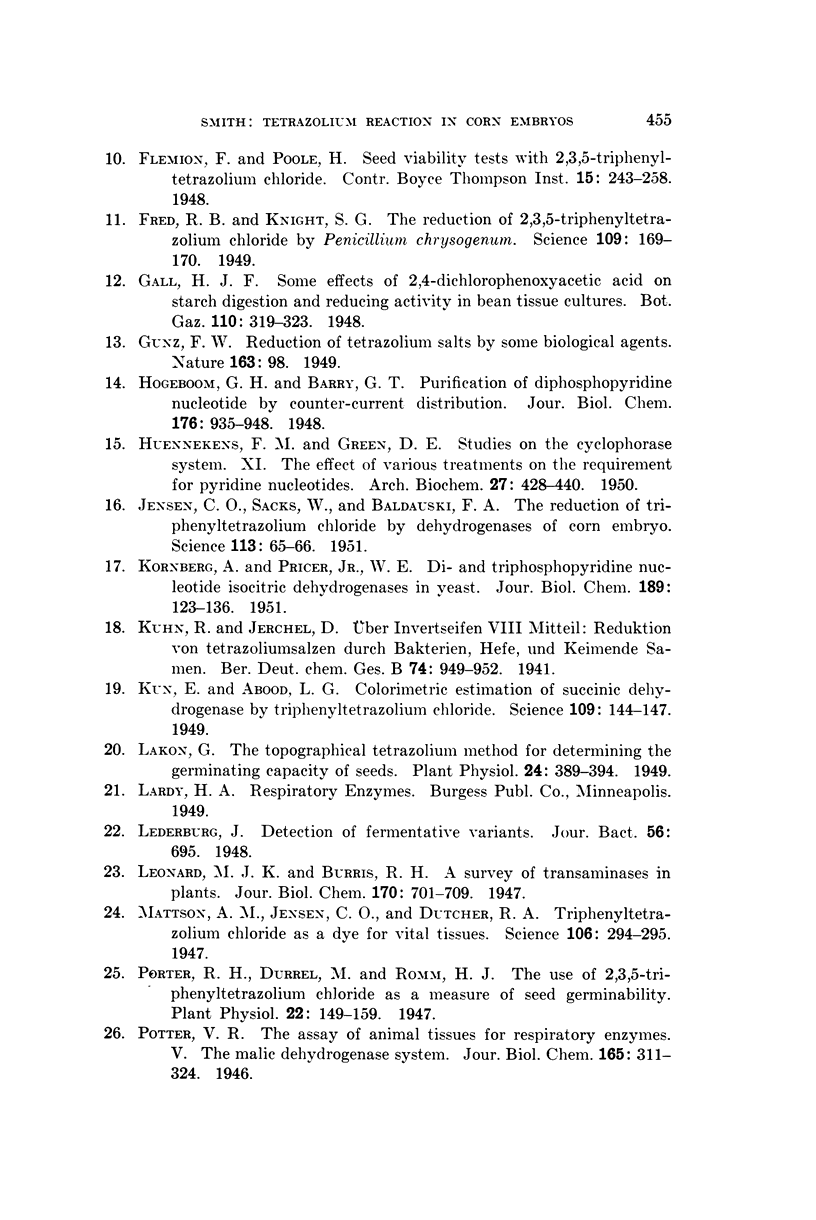

Selected References
These references are in PubMed. This may not be the complete list of references from this article.
- Atkinson E., Melvin S., Fox S. W. Some Properties of 2,3,5-Triphenyltetrazolium Chloride and Several Iodo Derivatives. Science. 1950 Apr 14;111(2885):385–387. doi: 10.1126/science.111.2885.385. [DOI] [PubMed] [Google Scholar]
- BLACK M. M., KLEINER I. S. The use of triphenyltetrazolium for the study of respiration of tissue slices. Science. 1949 Dec 16;110(2868):660–660. doi: 10.1126/science.110.2868.660. [DOI] [PubMed] [Google Scholar]
- BRODIE A. F., GOTS J. S. Effects of an isolated dehydrogenase enzyme and flavoprotein on the reduction of triphenyltetrazolium chloride. Science. 1951 Jul 13;114(2950):40–41. doi: 10.1126/science.114.2950.40. [DOI] [PubMed] [Google Scholar]
- Fred R. B., Knight S. G. The Reduction of 2,3,5-Triphenyltetrazolium Chloride by Penicillium chrysogenum. Science. 1949 Feb 18;109(2825):169–170. doi: 10.1126/science.109.2825.169. [DOI] [PubMed] [Google Scholar]
- HUENNEKENS F. M., GREEN D. E. Studies on the cyclophorase system. XI. The effect of various treatments on the requirement for pyridine nucleotide. Arch Biochem. 1950 Jul;27(2):428–440. [PubMed] [Google Scholar]
- JENSEN C. O., SACKS W., BALDAUSKI F. A. The reduction of triphenyltetrazolium chloride by dehydrogenases of corn embryos. Science. 1951 Jan 19;113(2925):65–66. doi: 10.1126/science.113.2925.65. [DOI] [PubMed] [Google Scholar]
- KORNBERG A., PRICER W. E., Jr Di- and triphosphopyridine nucleotide isocitric dehydrogenases in yeast. J Biol Chem. 1951 Mar;189(1):123–136. [PubMed] [Google Scholar]
- Kun E., Abood L. G. Colorimetric Estimation of Succinic Dehydrogenase by Triphenyltetrazolium Chloride. Science. 1949 Feb 11;109(2824):144–146. doi: 10.1126/science.109.2824.144. [DOI] [PubMed] [Google Scholar]
- Lakon G. THE TOPOGRAPHICAL TETRAZOLIUM METHOD FOR DETERMINING THE GERMINATING CAPACITY OF SEEDS. Plant Physiol. 1949 Jul;24(3):389–394. doi: 10.1104/pp.24.3.389. [DOI] [PMC free article] [PubMed] [Google Scholar]
- Lederberg J. Detection of Fermentative Variants with Tetrazolium. J Bacteriol. 1948 Nov;56(5):695–695. doi: 10.1128/jb.56.5.695-695.1948. [DOI] [PMC free article] [PubMed] [Google Scholar]
- Mattson A. M., Jensen C. O., Dutcher R. A. Triphenyltetrazolium Chloride as a Dye for Vital Tissues. Science. 1947 Sep 26;106(2752):294–295. doi: 10.1126/science.106.2752.294-a. [DOI] [PubMed] [Google Scholar]
- Porter R. H., Durrell M., Romm H. J. The Use of 2,3,5-Triphenyl-Tetrazoliumchloride as a Measure of Seed Germinability. Plant Physiol. 1947 Apr;22(2):149–159. doi: 10.1104/pp.22.2.149. [DOI] [PMC free article] [PubMed] [Google Scholar]
- RUTENBURG A. M., GOFSTEIN R., SELIGMAN A. M. Preparation of a new tetrazolium salt which yields a blue pigment on reduction and its use in the demonstration of enzymes in normal and neoplastic tissues. Cancer Res. 1950 Feb;10(2):113–121. [PubMed] [Google Scholar]
- SMITH F. E. Tetrazolium salt. Science. 1951 Jun 29;113(2948):751–754. doi: 10.1126/science.113.2948.751-a. [DOI] [PubMed] [Google Scholar]
- Straub F. B. Isolation and properties of a flavoprotein from heart muscle tissue. Biochem J. 1939 May;33(5):787–792. doi: 10.1042/bj0330787. [DOI] [PMC free article] [PubMed] [Google Scholar]
- Straus F. H., Cheronis N. D., Straus E. Demonstration of Reducing Enzyme Systems in Neoplasms and Living Mammalian Tissues by Triphenyltetrazolium Chloride. Science. 1948 Jul 30;108(2796):113–115. doi: 10.1126/science.108.2796.113. [DOI] [PubMed] [Google Scholar]
- Waugh T. D. Staining of the Stem Tissue of Plants by Triphenyltetrazolium Chloride. Science. 1948 Mar 12;107(2776):275–275. doi: 10.1126/science.107.2776.275. [DOI] [PubMed] [Google Scholar]


